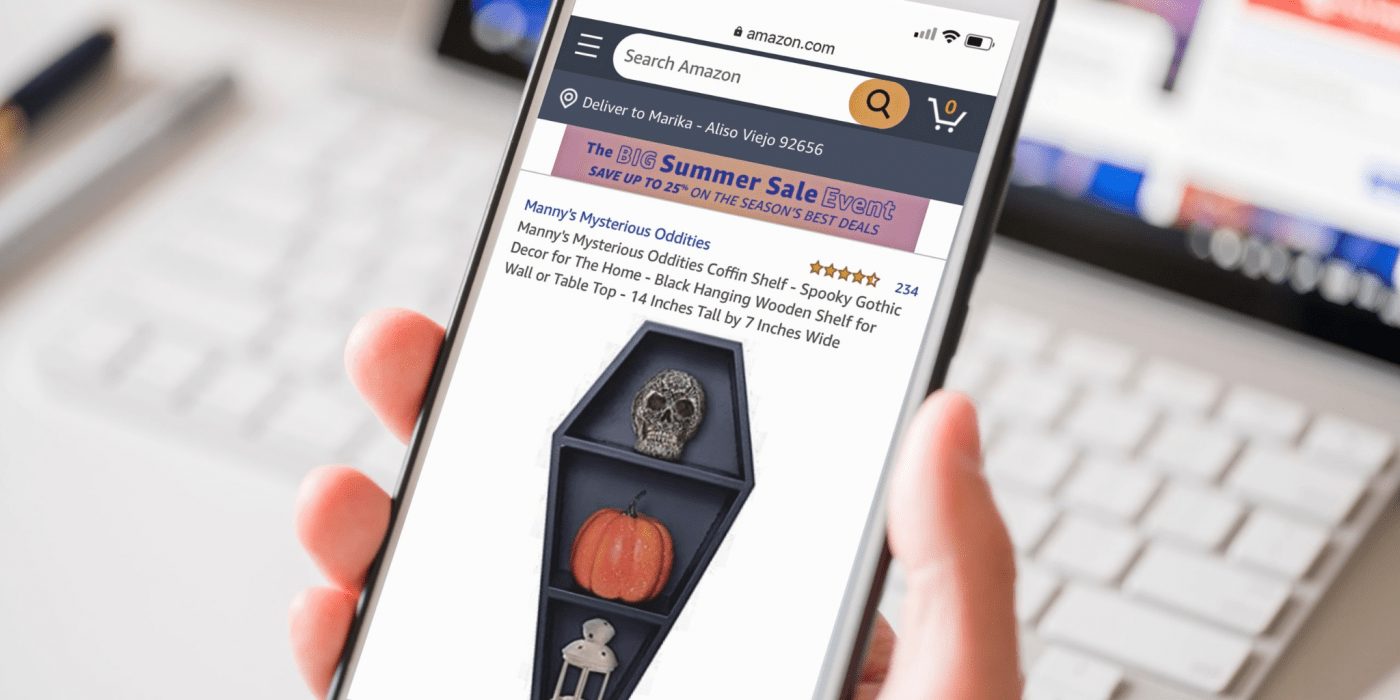Table of Contents
Explore the top 5 ways to improve the performance of your Amazon product listing even when you have little money to spend. Keep reading to find out!
With up to 2 million active sellers, Amazon is considered the most competitive market. Therefore, businesses on this platform have to utilize different approaches to attract customers and increase revenue.
Among these, Amazon listing optimization is arguably the most effective and popular solution. However, this task can turn out to be more expensive than anticipated, especially if the retailers are on a tight budget.
If you want to look at the most cost-effective ways, below are some highly recommended practices.
How To Improve Amazon Product Listing For Small Brands
1. Research your target audience
Before jumping at your listings, it is important to spend some time getting to know what your potential shoppers are like. This allows you to build up a buyer persona and direct your listing to reflect their interests.
Failure to grasp the target audience’s characteristics means you stand a lower chance of relating to them, and thus, fewer conversions are bound to happen.
So, what can you actually do to know your customers? The answer is easy enough. Learn about their sex, age, lifestyles, habits, occupations, and income range. Next, find out what kind of problems they frequently encounter in life and how your products can help them solve the pain points.
There are poll and lead templates available for free that you can send forward to your desired section of Amazon users, coupled with third-party tools that contain a vast pool of data.
Once you get all the information needed, creating ad copy and images to capture the shoppers’ attention will be much easier.
2. Understand Amazon policies
Amazon introduces clear, straightforward requirements concerning a product listing. For example, it puts a cap limit on the number of characters in your title and description, as well as restrictions against comparing products between different brands. You are also banned from putting external links that lead to websites other than Amazon itself.
While these might seem trivial, many sellers are dismissive of the guidelines and decide to ignore them altogether. Listings that do not comply with what Amazon requires cannot expect to be seen by potential buyers.
Since you are playing on its ground, make sure to follow everything required from the platform. This costs you virtually nothing, but may end up being more beneficial than you anticipate in the long run.
3. Focus on the title![]()
The title of your listing is what makes the first impression on customers. Hence, you need to keep them highly informative but not keyword-stuffed. While Amazon leaves enough space for 200 characters, you are advised to keep the title under 150 characters.
This is because the words shown on an interface can vary from one place to another. If your target audience is using a laptop, they will be able to see the entire title. But those using smartphones or tablets are limited to roughly 70 characters only.
Thus, it makes sense to emphasize what really matters and put them at the front of your title. These usually include the brand name, the name of your product, the size, color, package, and most noticeable feature.
Stay away from exclamations such as “cheapest” or “best price” as well as specific price ranges like “under $20.” Amazon does not tolerate these mistakes and could restrict your selling activities.
4. Prepare riveting content
An integral part of Amazon SEO is to ensure the ad copy hits hard with the customers. There are two main parts in a listing that you should pay attention to, namely the bullet points and the description.
The bullet points are where you offer shoppers a quick glance at the products, so they should be short and concise. Dedicate each bullet point to a distinctive attribute, and explain briefly why it is worth buying.
You should be as precise as possible, using facts and figures to demonstrate the effectiveness of your products. No need to use vague or descriptive language that may lead to confusion.
If you manage to keep the customers engaged with the bullet points, chances are they will scroll down and see the product description.
Here, most reputable brands invest in having images featuring the content of their products, alongside the warranty policies and any other necessary stuff that shoppers may need. This gives them a better user experience and makes the listing look neat.
But if you do have enough resources to pull the visual trick, it is okay to use simple texts. You should divide all the information into smaller chunks and illustrate your points by detailing why your products stand out compared to other competitors. Remember, you are only allowed to use 2000 words, so choose wisely.
5. Answer the FAQs
Customers interested in a product tend to leave plenty of questions for the manufacturers, ranging from the most basic information to more serious inquiries. Some sellers find these questions annoying and do not attempt to address them properly.
But little do they know that reading answered FAQs gives potential buyers more reasons to place an order. Not only do they get to learn more about the unique selling points of the product, but they also have a glimpse at how the customer service of a particular brand is.
Thus, however silly or redundant the question may appear to you, deliver your answer truthfully and professionally. This task takes nothing but roughly an hour of your time, and the results are long-lasting.
Conclusion
Improving your Amazon product listing is an urgent mission should you want to increase the conversion rate and double down on brand recognition. And the best part? Sometimes, you do not have to spend lots of cash to get things done. All you have to do is to apply the suggestions above and see the results for yourself!


